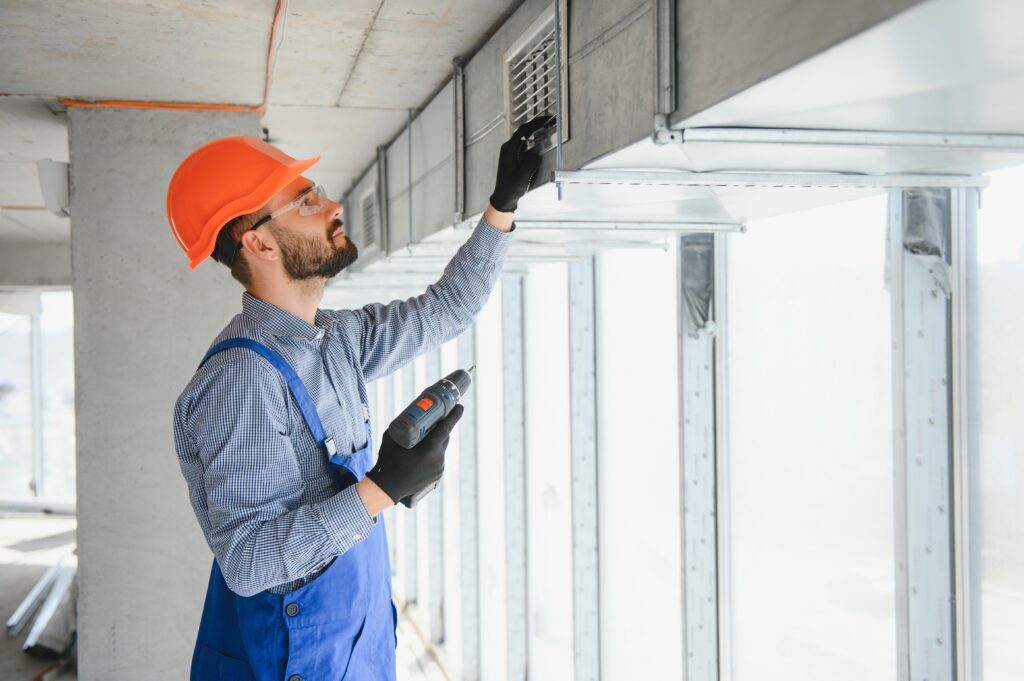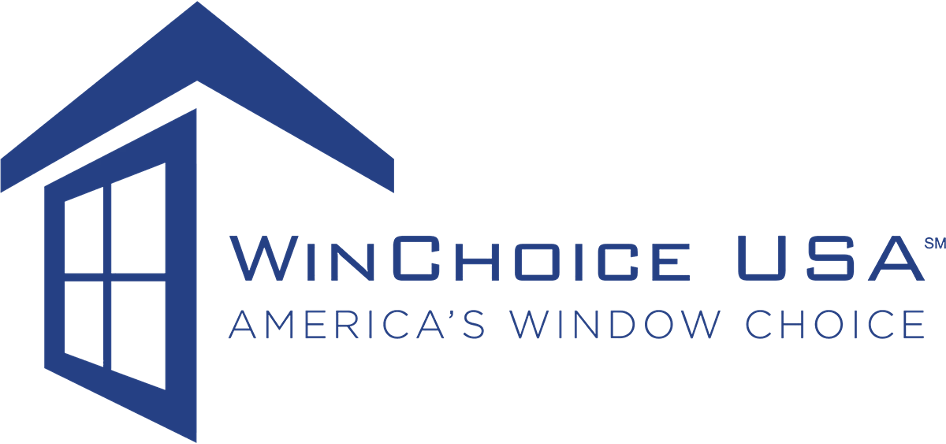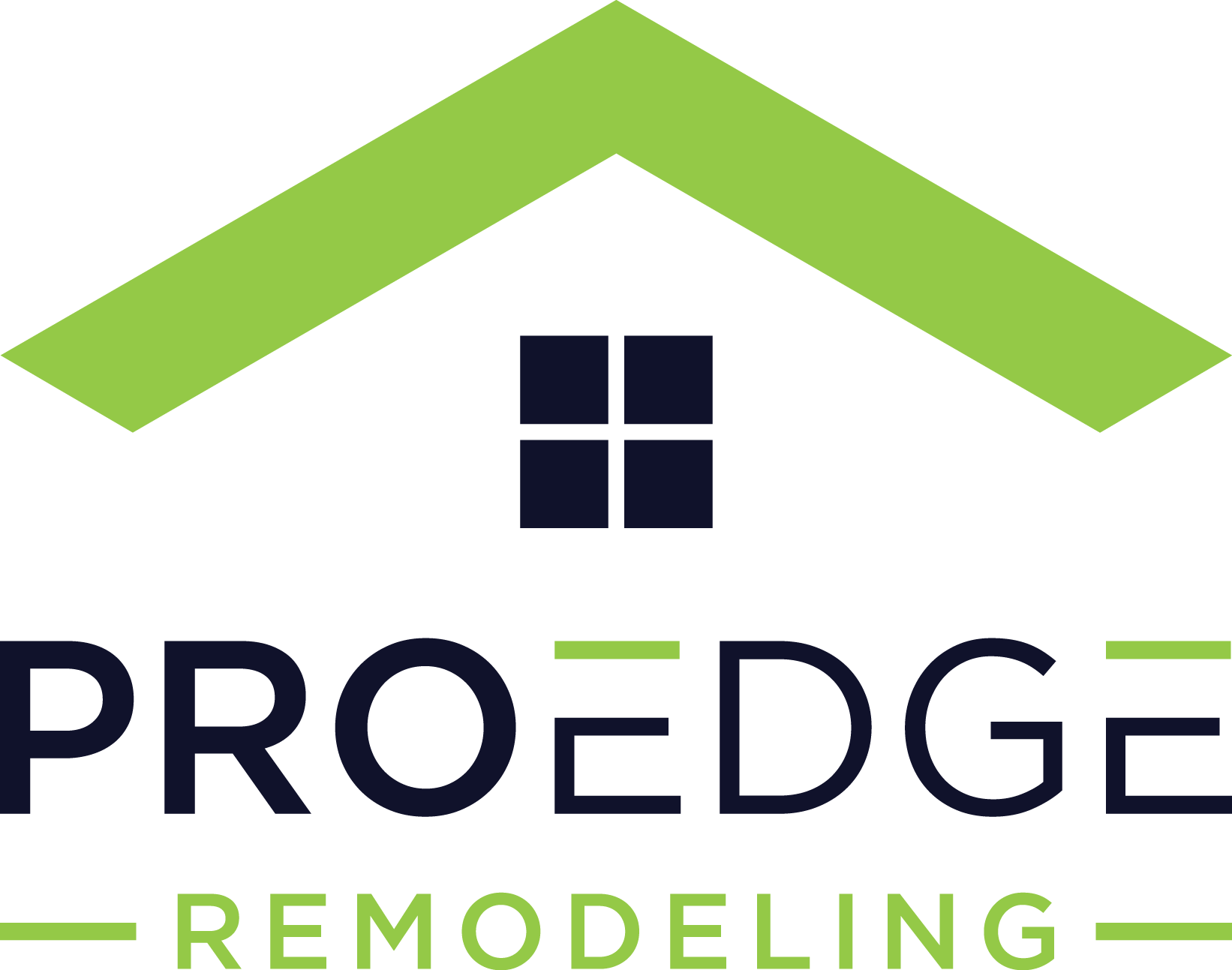Guide to Air Duct Cleaning

Maintaining a healthy and efficient home goes beyond routine cleaning and filter changes. One often overlooked but essential aspect of home care is air duct cleaning. Your air ducts play a vital role in circulating air throughout your home, but over time, they can collect dust, allergens, pet dander, and even mold. This buildup not only affects your indoor air quality but can also force your HVAC system to work harder, reducing its efficiency and lifespan.
Regular air duct cleaning ensures cleaner air for your family, reduces allergens, and improves your HVAC system’s performance. In this guide, we’ll walk you through everything you need to know, including how to spot the signs of dirty ducts, the benefits of cleaning, and tips for choosing the right professional service.
Table of Contents
What Is Air Duct Cleaning?
Air duct cleaning involves the meticulous removal of dust, debris, and contaminants from your HVAC system’s ductwork. These ducts are crucial for distributing heated or cooled air throughout your home. However, as air circulates, it carries particles that can settle inside the ducts, leading to buildup over time.
Key Components Addressed During Cleaning:
- Supply and Return Ducts: These carry air to and from your HVAC system.
- Registers and Grilles: Vents where air enters or exits rooms.
- Air Handlers and Blowers: Components that move air through the system.
- Coils and Drip Pans: Parts of the system prone to moisture accumulation and mold growth.
A thorough cleaning removes these contaminants and ensures optimal system performance. Many services also offer optional sanitization to kill mold spores and bacteria.
Signs You Need Air Duct Cleaning
Dirty ducts don’t always show obvious symptoms, but there are common indicators homeowners should watch for:
1. Visible Dust and Debris
If you notice excessive dust on your furniture despite regular cleaning or visible debris around vent covers, it could be a sign that your ducts are circulating contaminants.
2. Unexplained Allergy Symptoms
Dirty ducts can exacerbate allergies and respiratory issues by recirculating allergens like pollen, pet dander, and dust mites. Symptoms may include:
- Sneezing
- Coughing
- Watery eyes
- Sinus congestion
3. Mold Growth
A musty smell or visible mold around ducts or vents is a serious issue. Mold spores can spread quickly through the air, posing health risks and potentially damaging your HVAC system.
4. High Energy Bills
When ducts are clogged, your HVAC system has to work harder to maintain the desired temperature, leading to higher energy consumption.
5. Pest Infestation
If you hear scratching noises or see signs of pests, such as droppings near vents, your ductwork may require cleaning and sealing to prevent further infestations.
Benefits of Air Duct Cleaning
Air duct cleaning offers numerous advantages that go beyond cleaner air.
1. Improved Indoor Air Quality
Indoor air can be up to five times more polluted than outdoor air. By removing dust, pollen, and allergens from ducts, air quality improves significantly, which is especially important for:
- Children
- Elderly individuals
- People with asthma or allergies
2. Enhanced HVAC Efficiency
When ducts are clean, air flows freely, reducing strain on your HVAC system. This:
- Lowers energy costs
- Extends the lifespan of the system
- Improves temperature consistency throughout your home
3. Odor Removal
Eliminating contaminants like mold, pet dander, and rodent droppings helps remove persistent odors. Clean ducts ensure fresh-smelling air circulates in your home.
4. Health Benefits
Fewer airborne contaminants mean reduced exposure to irritants, which can help prevent or alleviate:
- Respiratory problems
- Skin irritations
- Sinus infections
How Air Duct Cleaning Works
Air duct cleaning involves several steps to ensure a comprehensive job.
Step 1: Inspection
Technicians begin by inspecting your HVAC system and ductwork using tools like cameras to identify:
- Buildup of dust and debris
- Mold growth
- Blockages or leaks
Step 2: Vacuuming and Brushing
Specialized equipment, such as high-powered vacuums and rotating brushes, is used to dislodge and remove contaminants. This includes:
- Dust and dirt
- Pet hair
- Small debris
Step 3: Sanitizing (Optional)
A sanitizing treatment can be applied to kill bacteria, viruses, and mold spores. This step is especially recommended for homes with:
- Mold issues
- Recent pest infestations
- High humidity levels
Step 4: Post-Cleaning Inspection
After cleaning, technicians check the ductwork to ensure all contaminants have been removed and that there is no damage.
How Often Should You Clean Your Air Ducts?
The general guideline is to clean your air ducts every 3 to 5 years. However, this varies depending on factors such as:
- Presence of Pets: If you have pets that shed fur or dander, more frequent cleanings (every 2–3 years) are advisable.
- Allergies or Asthma: For households with individuals sensitive to allergens, clean ducts more regularly to minimize irritants in the air.
- Recent Renovations: Construction or remodeling projects can introduce dust and debris into your ducts, necessitating a cleaning afterward.
- Location: Homes in high-pollution or dusty areas may need duct cleaning more frequently.
Regular inspections can help determine if cleaning is needed sooner.
DIY vs. Hiring a Professional
DIY Air Duct Cleaning
Some homeowners choose to clean their air ducts themselves, but DIY methods have limitations.
Pros:
- Cost-effective for minor cleaning
- Removes surface dust
Cons:
- Does not address deep-seated buildup
- Lacks the power and reach of professional equipment
- Risks damaging ductwork or missing contaminants
Why Hire a Professional?
Professional air duct cleaners have the expertise and tools to clean thoroughly and safely. They:
- Use HEPA-filter vacuums and advanced brushes
- Inspect and address potential issues like leaks or mold
- Follow industry standards, such as those set by NADCA (National Air Duct Cleaners Association)
Cost of Professional Cleaning
The average cost of professional air duct cleaning ranges from $450 to $1,000, depending on:
- Home size
- Complexity of the HVAC system
- Severity of contamination
How to Choose an Air Duct Cleaning Service
Finding the right service provider ensures you get a quality job.
1. Check for Certifications
Look for NADCA certification, which indicates the company follows best practices for safety and effectiveness.
2. Read Reviews and Get Recommendations
Online reviews and referrals from friends or neighbors can help you find reputable companies with proven track records.
3. Ask About Methods and Equipment
Inquire about the cleaning process, tools used, and whether sanitization is included.
4. Get a Written Estimate
Ensure the cost is clear upfront and covers all services, so there are no surprises.
FAQs
Does air duct cleaning really make a difference?
Yes, air duct cleaning can significantly impact your home’s indoor air quality and HVAC system performance. Over time, ducts collect dust, allergens, pet dander, mold spores, and other debris that circulate through your home whenever the system operates. Cleaning the ducts removes these contaminants, which can:
- Improve air quality, making it healthier for your family, especially for those with allergies or asthma.
- Enhance HVAC efficiency by allowing air to flow freely, reducing strain on the system and lowering energy bills.
- Eliminate unpleasant odors caused by mold, bacteria, or debris buildup.
However, the difference depends on the condition of your ducts before cleaning. If your ducts are relatively clean, you may not notice immediate changes.
How long does the cleaning process take?
The time required for air duct cleaning varies depending on factors such as the size of your home, the complexity of your duct system, and the level of contamination.
- For an average-sized home with a standard HVAC system, professional air duct cleaning usually takes 2 to 4 hours.
- Larger homes or systems with significant buildup (e.g., after renovations or with mold growth) may take 4 to 6 hours or more.
Professionals start with an inspection to assess the level of cleaning needed, then proceed to clean each component systematically. Homeowners are typically advised to schedule enough time to allow for thorough cleaning without rushing.
Can air duct cleaning damage my HVAC system?
When performed by trained and certified professionals, air duct cleaning is safe and beneficial for your HVAC system. Professionals use specialized tools designed to clean ducts without causing damage. However, there are some potential risks if the process is done incorrectly:
- DIY Attempts: Homeowners using improper tools or techniques might inadvertently damage ductwork, especially flexible or older ducts.
- Unqualified Providers: Hiring inexperienced or uncertified technicians could lead to over-aggressive cleaning, tearing ducts, or dislodging components of your HVAC system.
To avoid damage, always hire professionals certified by organizations like the National Air Duct Cleaners Association (NADCA). They follow industry-standard practices to ensure a safe and thorough cleaning.
Will cleaning reduce dust in my home?
Yes, air duct cleaning can help reduce the amount of dust in your home. Dust and debris circulating through dirty air ducts can settle on furniture, floors, and other surfaces, leading to more frequent cleaning. Removing contaminants from ducts ensures that less dust is pushed out into your living spaces each time the HVAC system operates.
However, it’s important to pair duct cleaning with regular maintenance, such as:
- Replacing HVAC filters every 1–3 months.
- Using high-efficiency particulate air (HEPA) filters if you have allergies or pets.
- Keeping vents and registers clean by vacuuming or wiping them down periodically.
Is air duct cleaning safe for older HVAC systems?
Yes, air duct cleaning is safe for older HVAC systems when performed by qualified professionals. In fact, cleaning can be especially beneficial for older systems, as they may have accumulated more dust and debris over time.
However, technicians will typically inspect the system beforehand to ensure:
- Ductwork is in good condition and not too fragile for cleaning tools.
- No components are damaged or deteriorating, which could cause further issues during the cleaning process.
In some cases, older systems might benefit from duct repairs or upgrades in addition to cleaning to improve overall performance.
Is sanitizing ducts necessary after cleaning?
Sanitizing ducts is not always necessary but can be beneficial in certain circumstances. Sanitization involves applying an antimicrobial treatment inside the ductwork to kill bacteria, mold, and other microbes. Consider this step if:
- Your ducts show signs of mold growth.
- There has been a pest infestation in your HVAC system.
- You live in a high-humidity area prone to mold or mildew.
If you choose to sanitize your ducts, ensure the cleaning company uses products that are EPA-approved and safe for use in homes.
How much does professional air duct cleaning cost?
The cost of professional air duct cleaning varies depending on several factors, including the size of your home, the complexity of your HVAC system, and the level of cleaning required.
- Average Costs: Homeowners typically pay between $450 and $1,000 for professional cleaning.
- Additional Costs: Services like mold remediation, sanitization, or duct sealing may cost extra.
To get the best value:
- Request quotes from multiple providers.
- Ensure the price includes a complete cleaning of all ducts and HVAC components.
- Verify that the service provider is certified and uses proper equipment.
Will air duct cleaning remove odors from my home?
Yes, air duct cleaning can effectively eliminate odors caused by debris, mold, or pests inside your ducts. Common odor sources include:
- Mold or Mildew: Often caused by moisture buildup inside the ductwork.
- Pest Infestations: Rodents or insects can leave droppings, urine, or nesting materials that create unpleasant smells.
- Dust and Debris: Over time, accumulated dust can contribute to stale or musty odors.
In cases where odors persist even after cleaning, additional steps such as sanitizing the ducts or addressing other HVAC components (e.g., cleaning coils and drip pans) may be required.
Conclusion
Air duct cleaning is more than a luxury—it’s a necessity for maintaining a clean, efficient, and healthy home. By removing contaminants, improving airflow, and preventing mold growth, regular cleaning benefits your household’s health and your HVAC system’s performance.
Ready to breathe cleaner air? Contact a trusted professional for an air duct cleaning estimate today!
Sources
Additional HVAC Resources
- What to Expect During an HVAC Replacement
- Pros and Cons of Different Furnace Types
- What is AC Short Cycling?

Anna has over six years of experience in the home services and journalism industries and serves as the Content Manager at MyHomePros.com, specializing in making complex home improvement topics like HVAC, roofing, and plumbing accessible to all. With a bachelor’s degree in journalism from Auburn University, she excels in crafting localized, comprehensive guides that cater to homeowners’ unique needs. Living on both coasts of the United States has equipped her with a distinctive perspective, fueling her passion for turning any house into a cherished home through informed, personalized decision-making.








